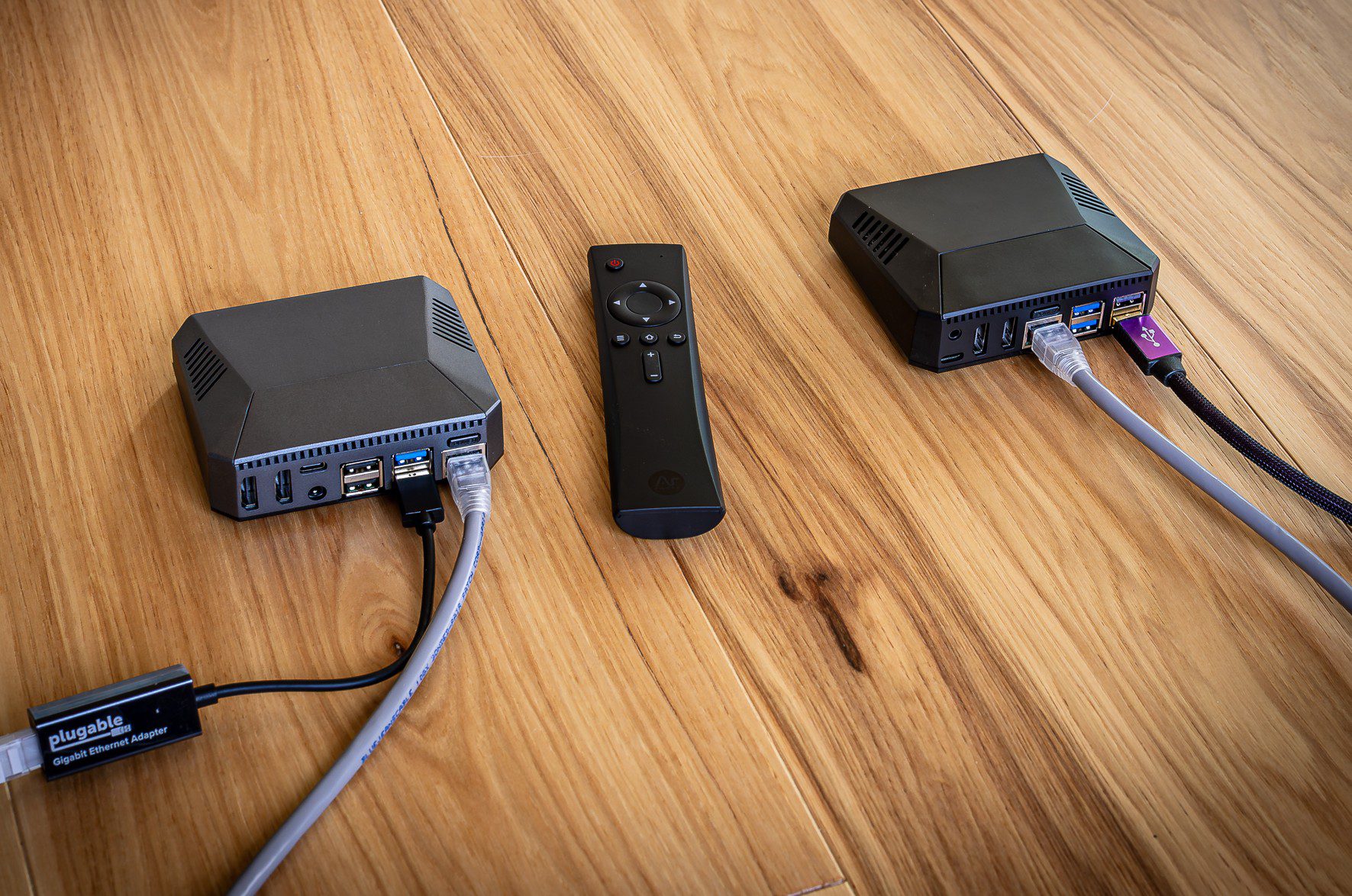
Prices listed are in US$.
All photos by Steven Stone, except header photo, courtesy of David C. Snyder.
Obtaining a state-of-the art streaming device from an established high-end audio manufacturer can be very expensive. But there may be do-it-yourself options that can rival the performance of high-end streamers. How can I say that with confidence? Because I’ve seen what’s inside many high-performance streamers, and quite a few employ a Raspberry Pi 4b or 5 in an optimized hardware/software implementation. You can do that, too.
The catch is that, unlike a plug-and-play device supported by expert phone and email backup at your beck and call, with DIY you are your own expert, customer support, and assembly team. Depending on your comfort level with Linux command lines and Raspberry Pis, the experience can be a breeze or wind up blowing in the wind.
As a longtime Mac user, I’m rustier than a long-buried, century-old pocketknife when it comes to Linux command lines, although in the past I have set up both Diet Pi and RoPieee Raspberry Pi 4Bs as Roon endpoints, so I would rate my technical abilities as a five on a scale of one to ten. Following the project instructions was not exactly smooth sailing for me. But since I made my attempt, the assembly instruction page has been refined and improved, thanks in part to my ability for discovering new ways to do things wrong.
The idea behind this streamer, in both execution and concept, is from David C. Snyder. It uses two Raspberry Pis: one as the “host,” which receives the raw data, and another as the “target,” which receives the data sent from the host. The host computer handles the heavy lifting by processing bursts of data, then sending them to the target in steady packets. These steady packets place far less stress on the target’s processor and power supply than bursts of data, so the target system generates less RF and EMI noise, which can potentially have a negative effect on the analogue circuitry of the connected DAC. That’s the theory, although I have no way to test PI-generated EMI or RF to verify this with numbers or tests.
The Assembly Process
Here is a link to the assembly instructions. I’ll wait while you give them a glance. On my first attempt to complete a successful build, I failed. So instead, I paid David to assemble the AudioLinux Diretta system for me. His parts costs were $310 which included two 45 watt five-volt power supplies, two Raspberry Pis in Argon cases, an Argon Pi remote, a USB to Ethernet adapter, and a 2-foot Cat 6 Ethernet cable. Another cost was the Diretta license for the target Pi, which ran me €100 (about $118). The lifetime AudioLinux software license for the host Pi cost me an additional $139, bringing my total out-of-pocket cost to $547. David did not charge me for his time. Was having him build it for me cheating? In strict DIY terms, yes, but we wanted to be sure I was hearing a properly configured system. He sent me two already set-up and tested Raspberry Pis, clearly labeled Host and Target, so I wouldn’t mix them up.
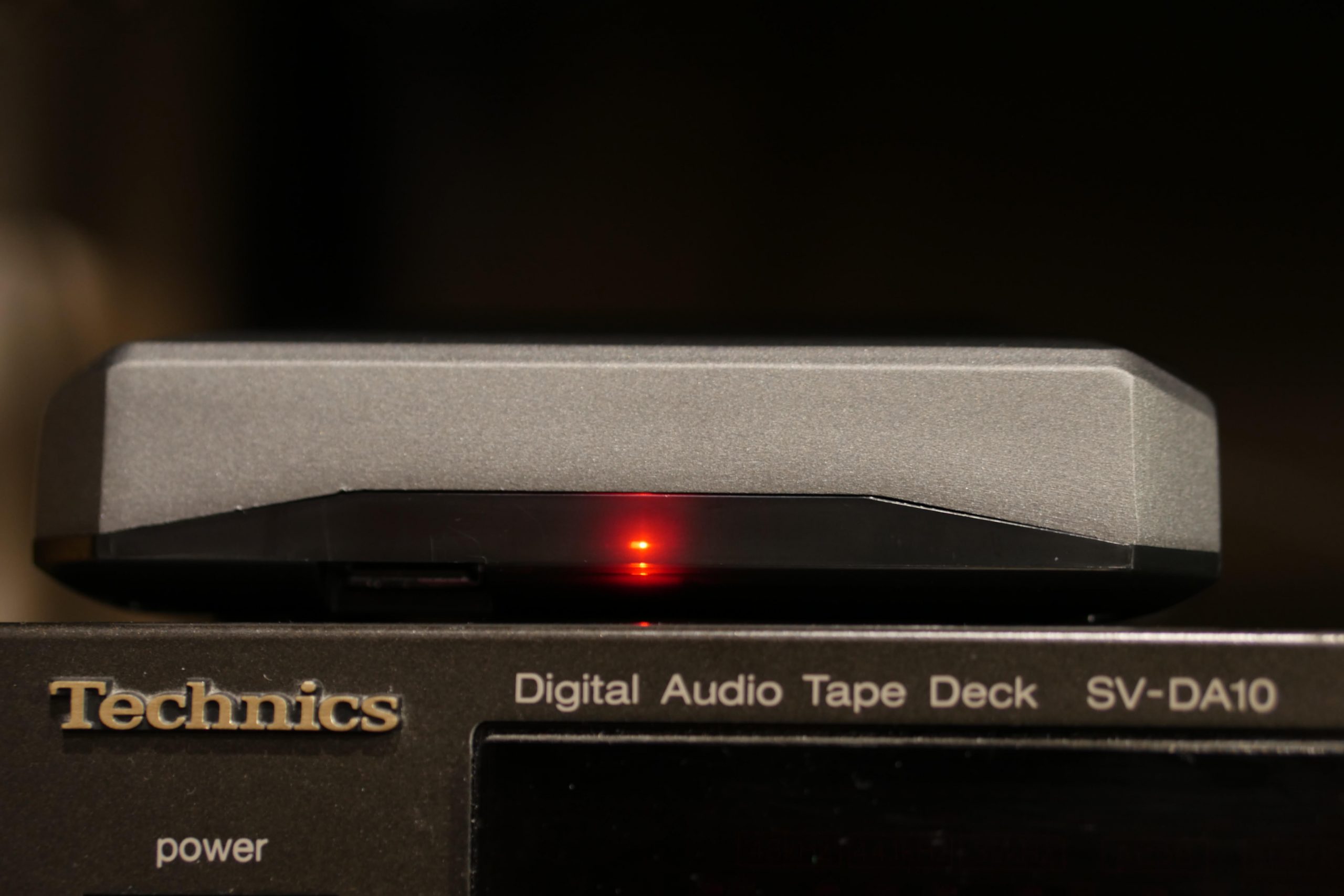
Adding the properly configured Pis to my system was easy. David enclosed a new set of simplified instructions, having already handled much of the Linux command-line configuration in advance. All I had to do was connect the cabling in the correct order, set up my Roon for the new endpoint, and power them on. The Target Pi was connected to my Gustard A26’s USB input. David also provided a Pi remote, which lets you turn both units on and off simultaneously.
The Gustard A26 has an Ethernet port that enables built-in streaming as a Roon endpoint, but for some odd reason it periodically disconnects, requiring that the A26 be turned off and powered back on to reestablish a connection. By contrast, the three Raspberry Pis in my systems have been rock-solid, with no dropped endpoints in years. Even if the AudioLinux Diretta system sounded identical to the Gustard’s built-in connection, its greater stability and resistance to random dropouts would make it a major ergonomic upgrade. Beyond Roon, the AudioLinux Diretta chain also works with Audirvana and DLNA playback apps.

Listening
One reason I use Roon as my principal playback app is its Zone Grouping feature, which lets me send identical music streams to multiple DACs in perfect sync, allowing for blind A/B comparisons. When paired with a preamplifier that switches silently and instantly between inputs, without muting or clicking, you have a setup capable of reasonably robust A/B testing.
For my blind A/B listening sessions, the signal chains were as follows:
• Chain 1: 50 feet of Cat 6 Ethernet from my router to a five-port Ethernet switch, then a wired feed to a Raspberry Pi 4B connected via USB to a Gustard X16 DAC.
• Chain 2: 50 feet of Cat 8 Ethernet from the router to the Audiolinx Diretta Pi system, connected to a Gustard A26 DAC via a 1.25-meter Locus Polestar USB cable.
Additionally, the Raspberry Pi feeding the Gustard X16 was powered through an Argon brand switching power supply with a capacitor bank between the supply and the Pi 4B.
The signal chain for the listening sessions was fully balanced. Both DACs fed their outputs into the two balanced inputs of my Schiit Kara F preamplifier, whose balanced outputs were connected to a Pass X150.8 power amplifier. The preamp’s single-ended outputs fed a pair of JL Audio f112 subwoofers. The main speakers were Spatial X2 loudspeakers, run full-range with no crossover to the subs. The subwoofers were set to a 24 dB/octave slope with a 65Hz crossover point.
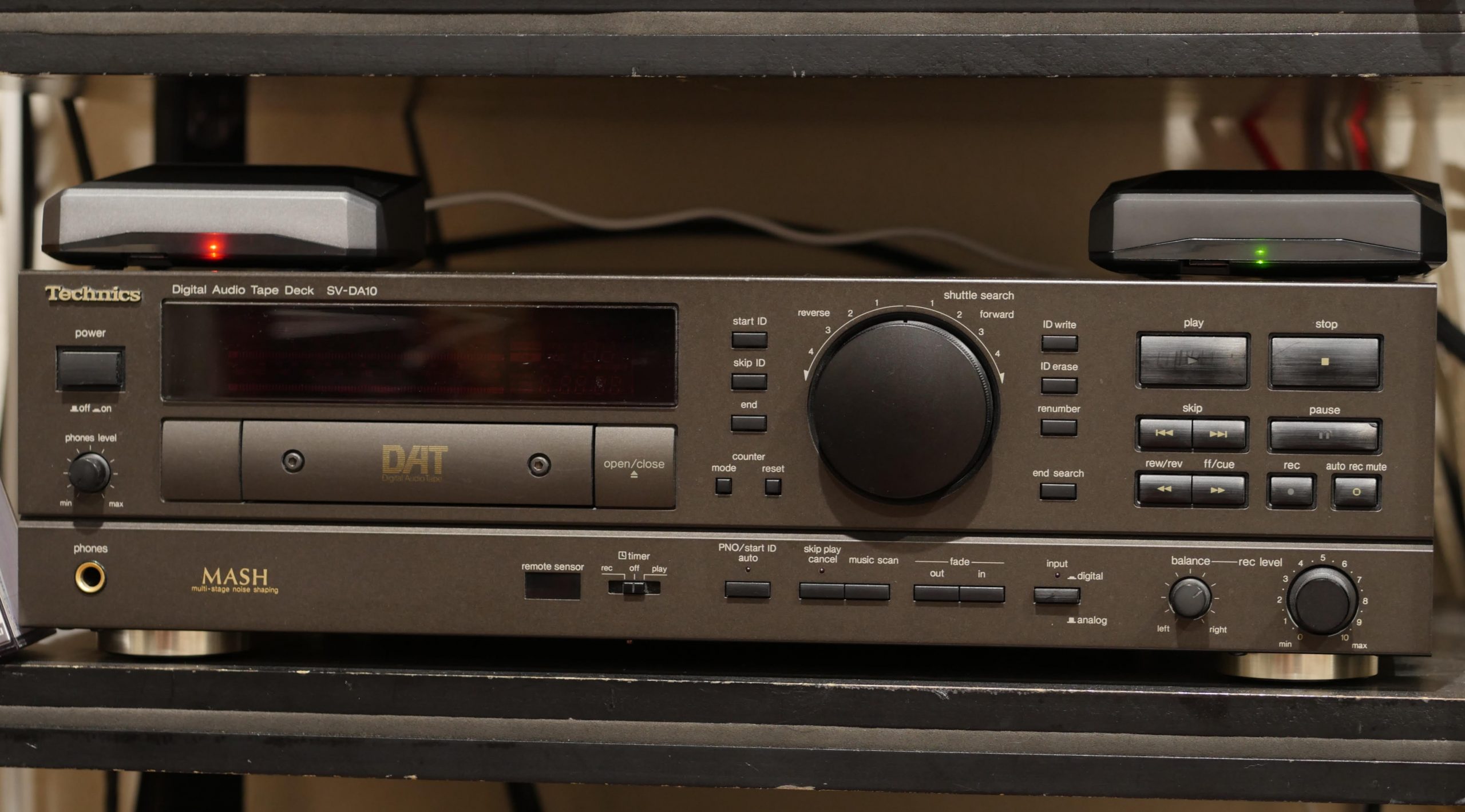
Before I got down to serious A/B comparisons between the double Pi system and the single Pi, I did some casual, sighted listening. After a couple of hours across a wide range of recordings, my first impression was that good recordings sounded more resolved, with greater punch and dimensional precision, while some poorer recordings sounded a bit peakier than I remembered. Was this caused by an increase in resolution due to less noise being generated by the streaming system? Only more listening would answer that question.
During my first A/B session I noticed something interesting—the signal from the Diretta dual-Pi system was ever so slightly delayed compared to the DAC connected to a single Pi. The delay was so small that I didn’t notice it when switching from the Gustard X16 to the A26, but when I switched back to the X16, I could hear the gap as the music jumped forward. This suggests that the Diretta system is doing something that involved enough processing to cause a delay. Is that good or bad? It would be a problem if the Diretta system had to sync with a video source, but since I was using it as a dedicated Roon endpoint, the delay wasn’t an issue for music listening. However, in a system where the Diretta host/target chain provides the only Ethernet access for a DAC, that delay could disrupt video synchronization.
After my first A/B session, I felt frustrated by my inability to hear any meaningful differences—any clear “tell” that would let me identify one signal chain over the other. I had a friend over, and he claimed to hear differences, though he found neither chain superior, just subtly different. He even confused A with B several times during the test. In later sessions, I still couldn’t pinpoint the kinds of differences he said he heard.
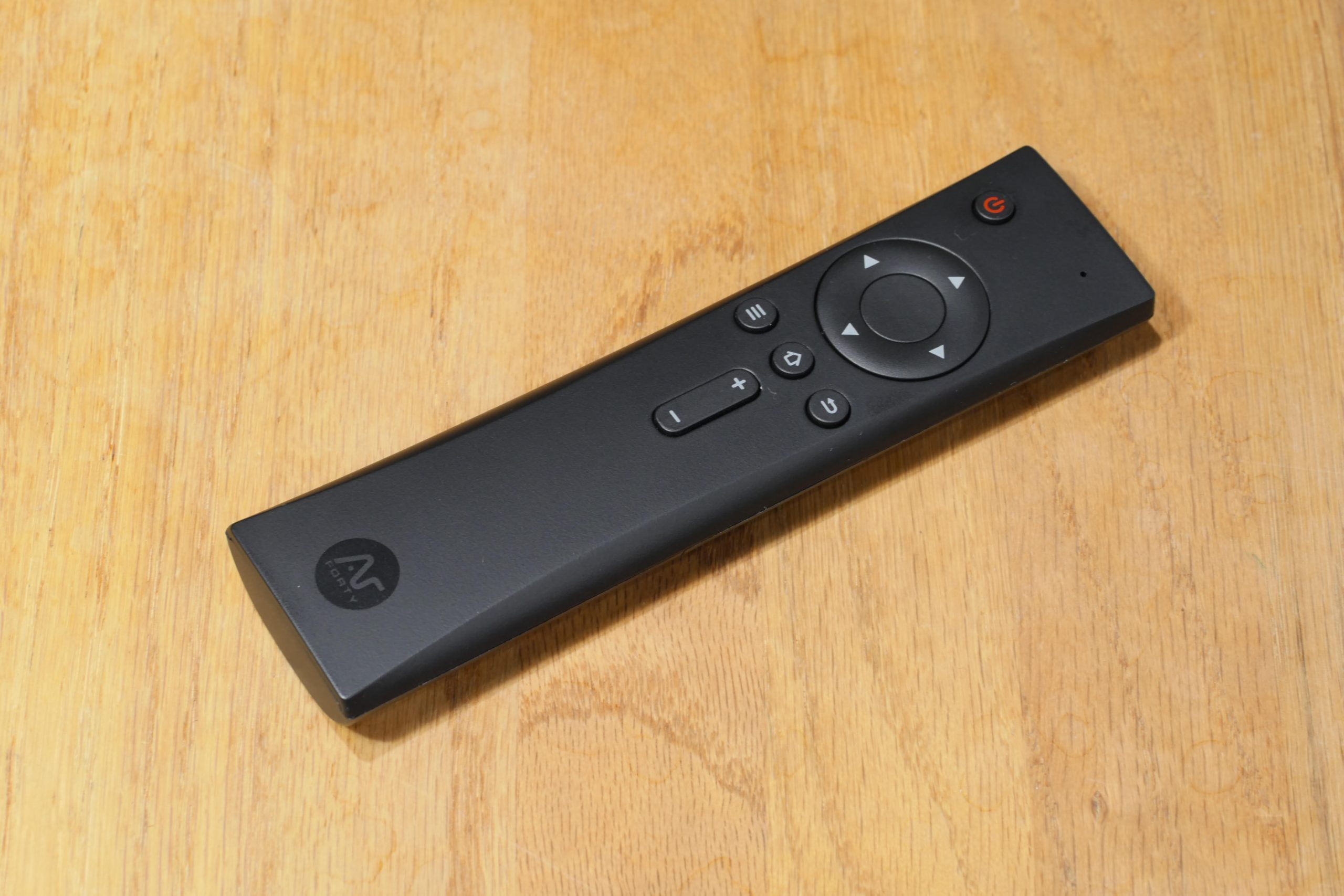
Unfortunately, I’ve found no way to perform an A/B comparison—let alone a blind A/B with instant switching—that would let me directly compare the Gustard A26’s built-in Ethernet connection to the Diretta dual-Pi system’s Ethernet feed, or compare the Diretta to my single Pi feeding the X16. In both cases, switching requires physically disconnecting and reconnecting an Ethernet cable and then waiting for Roon to recognize the new endpoint before playback can resume. This makes any kind of quick, from-your-seat switching impossible. David recommended playing an entire track, switching the Ethernet cable feed, and then listening to the track again, but I seriously doubt this methodology will pass muster with any objectivist wedded to the A/B/X methodology.
Conclusions
It would have been nice if the Diretta host/target system had sonically blown away my older, simpler, and substantially less resource-intensive Raspberry Pi system in an A/B test. But the Diretta’s sonic contribution proved to be far subtler and more difficult to pin down in matched level blind A/B listening tests. During longer listening sessions, I found myself more drawn into the music when using the Diretta host/target setup as the Roon endpoint, compared to listening through the Gustard A26’s built-in Ethernet port or the Gustard X16 with a single Raspberry Pi endpoint. Entirely subjective, I know—but that’s what I heard.
The Diretta target/host system has also proven far more stable than the A26’s built-in Ethernet port. Since installing it several weeks ago, I’ve rebooted it exactly once, at Diretta’s request, to activate a software update. Roon hasn’t dropped or lost it as an endpoint even once, unlike the A26 connection, where dropouts had been a weekly occurrence.
I reported my findings to David, and he supplied some additional insight into my experience. “If the two chains were in perfect sync and you still couldn’t reliably pass an A/B/X test, it suggests the differences aren’t in the immediate, switchable “sonic signature.” This, to me, makes your subjective preference for the Diretta chain all the more significant. It brings the conversation right back to the core Diretta hypothesis. The goal isn’t necessarily to produce a change that’s obvious in a 10-second blind comparison. The theory is that by creating a smoother, less “bursty” data flow, it reduces the processing load on the endpoint and eliminates a source of subtle digital noise. The intended benefit is a reduction in subconscious listening fatigue over time. Your experience seems to validate this perfectly. The A/B/X test—a tool for spotting immediate differences—came up inconclusive, yet the long-term experience of simply enjoying the music more was clear. It seems the test wasn’t measuring the right thing. The real benefit wasn’t a change in sound, but a change in how it feels to listen.”
Changing how it felt to listen to my stereo system was something I certainly noticed and enjoyed—but didn’t expect. While I can’t point to tests, specifications, or any objectively convincing ways to quantify my subjective experience, I have no doubt it was real. I can’t offer the sort of “wowee-zowee” recommendation that new high-performance audio reviews seem to demand these days, but I can say this: the Diretta host/target system as a Roon endpoint has increased both the time I want to listen to my main system and my enjoyment while doing so. I think most audiophiles would consider that a meaningful and important system improvement.


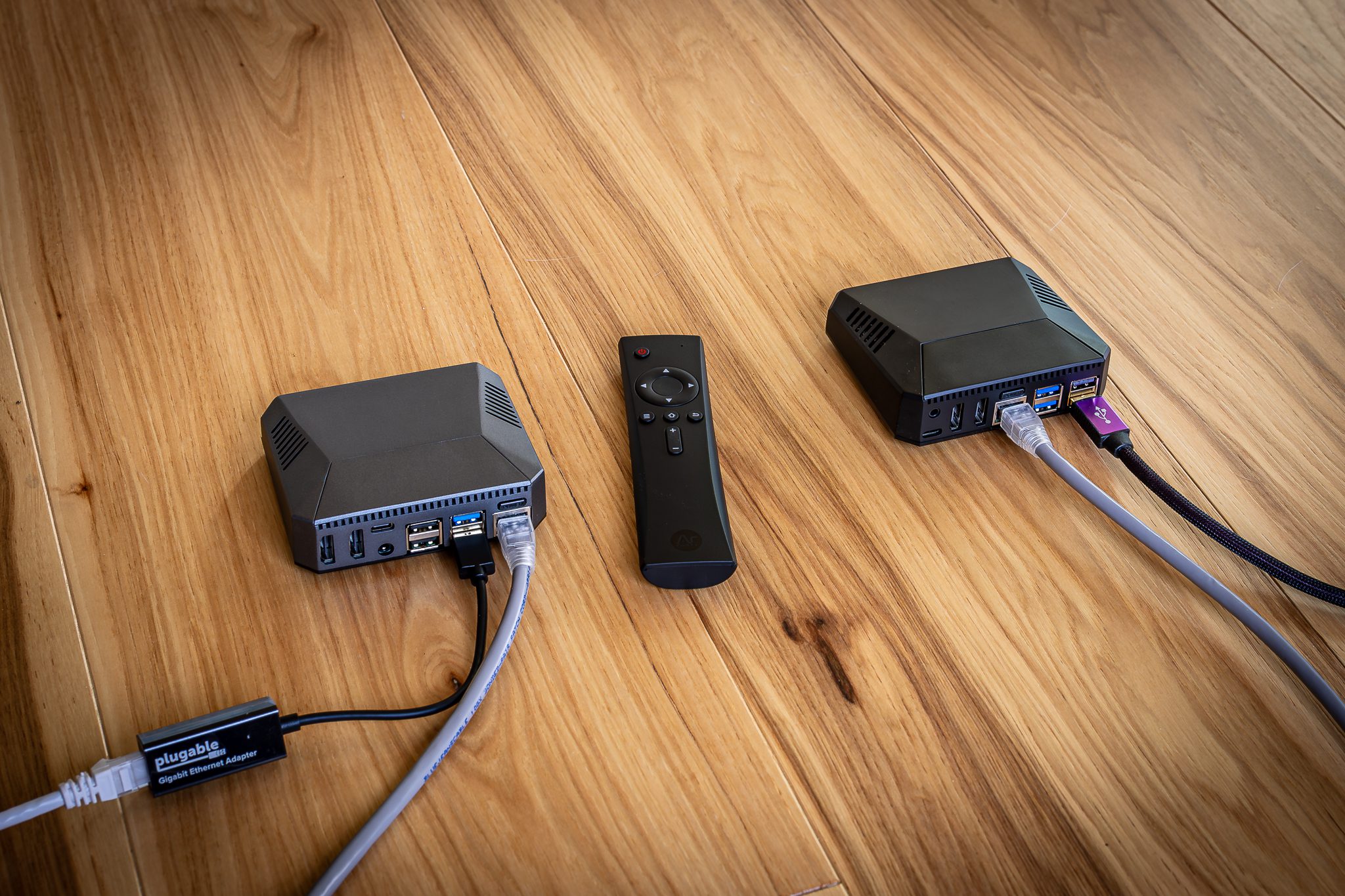

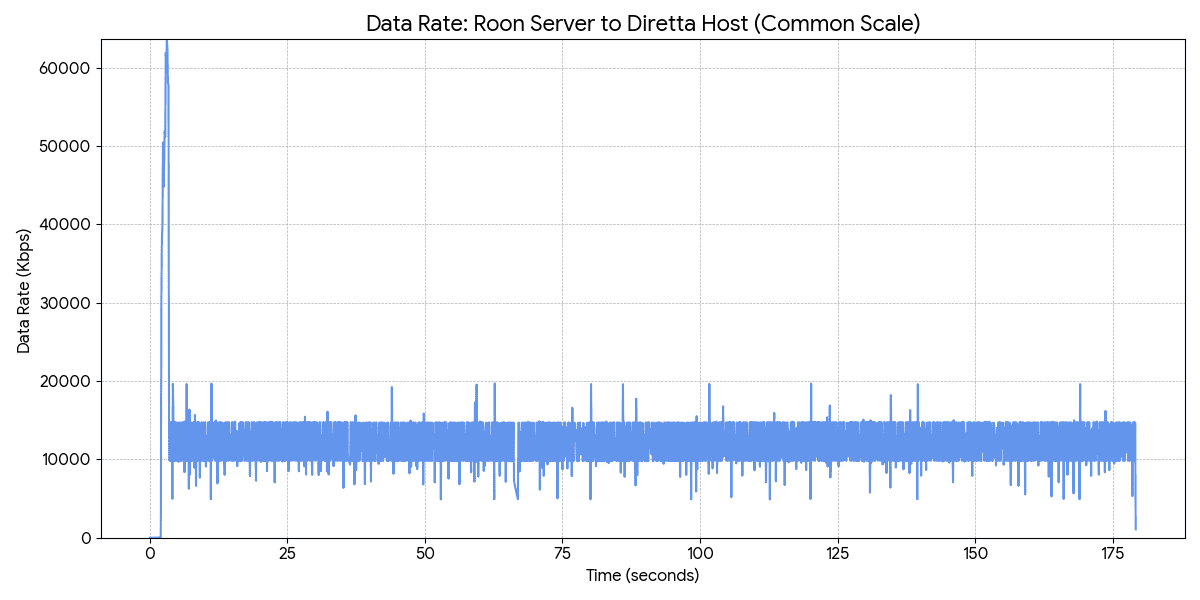
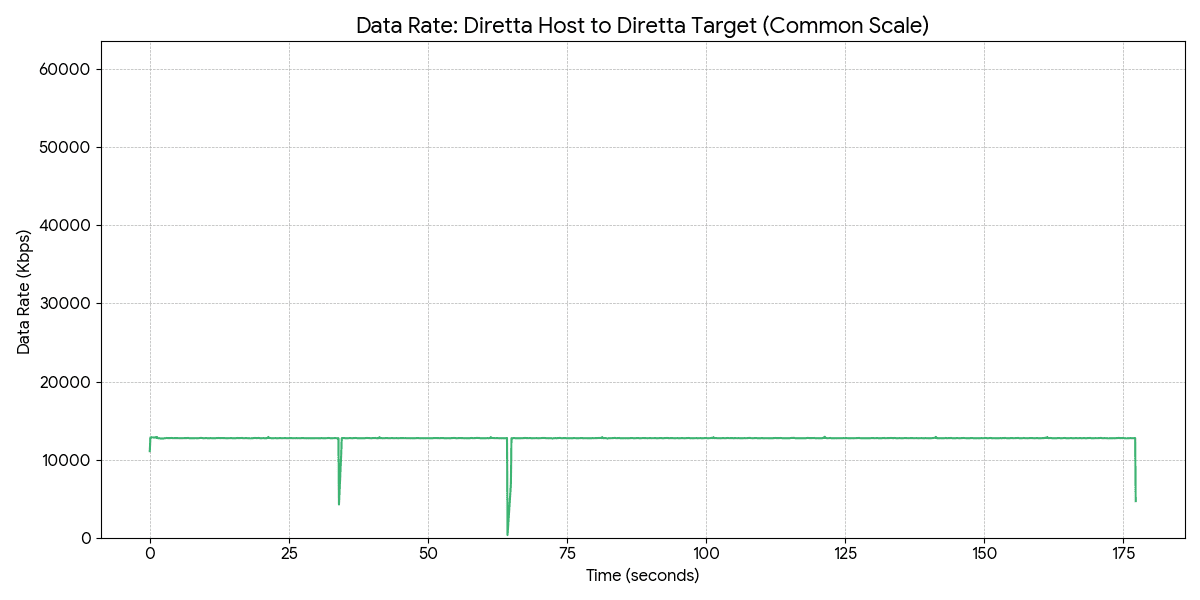













Leave a Reply